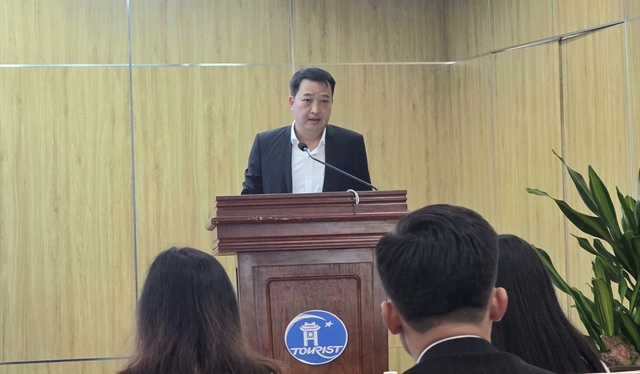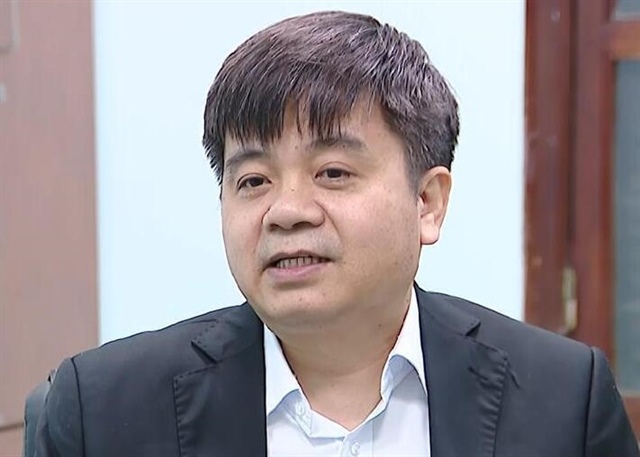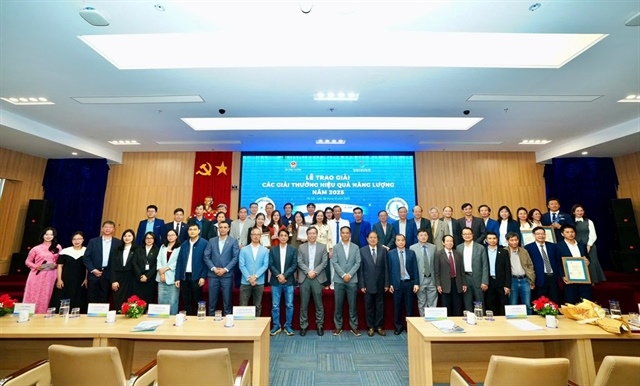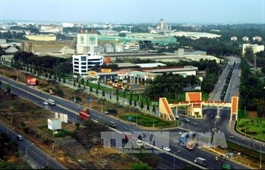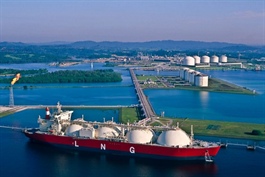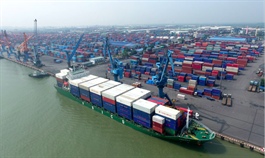RCEP advantages within reach
RCEP advantages within reach
Textile, footwear, and apparel producers have always faced complicated trading arrangements. In the past, a multi-faceted agreement governed much of the globe and dictated how much of which products could be produced in which markets. This system was dismantled in the 1990s, but protection remains high in many locations.

By Dr. Deborah Elms - Executive director Asian Trade Centre
|
In addition to often high tariff rates, the rules needed to access key final markets for products can be bewilderingly complex. Lawyers have built entire careers on working with companies to try to sort out the challenges for textile, apparel, and footwear companies.
Trade agreements can help address some of the problems for businesses trying to move fabrics, T-shirts, ball gowns, or basketball shoes. But many existing trade arrangements remain complicated with fragmented rules covering only certain markets and differing rules in other markets.
The upcoming entry into force of the Regional Comprehensive Economic Partnership (RCEP) should be helpful to the textile and apparel sector. It will make it considerably easier to make fabrics and clothing in Asia and distribute them across the region with lower tariff rates or even duty-free treatment. Most important, rules of origin (ROO) will be consistent around the region.
To see how this works, think about a woman’s swimsuit. It needs to be able to handle chlorinated and salt water, fit snuggly but not uncomfortably, and have sufficient flexibility in movement to allow swimming, surfing, diving, and other water activities.
A swimsuit requires high performance fabrics and sophisticated sewing to make a final product that fits a range of body types. As a result of these demands, the supply chain for swimsuits often includes the purchase of specialised fabrics from Japan or South Korea, nylon fabrics perhaps from Australia, and sewing skills from China or Vietnam. The global market for swimsuits (disrupted, as with so many things, by the pandemic in 2020) is still expected to reach $27 billion by 2027, with growth of just over 5 per cent annually.
Existing most-favoured nation tariff rates on swimsuits can be quite high across Asia. Australia charges 10 per cent on women’s swimsuits; China’s tariffs are 17.5 per cent for synthetic materials and 16 per cent for other fabrics; and Japan has six different categories for swimsuits with base tariffs ranging from 10.9 to 8.4 per cent.
The RCEP can be a challenging agreement to use and understand for businesses. The range of existing trade arrangements between member countries meant that some member governments found it more helpful to create different tariff schedules for some RCEP member states to better accommodate existing tariff levels between parties. In all, there are 37 different tariff schedules that apply to trade in goods in the RCEP.
While it will take businesses a bit of time to unravel all these arrangements, swimsuit exporters have some significant benefits on offer in the agreement. Australia will continue to be difficult for companies to penetrate, with a 10 per cent tariff that will not become duty-free for RCEP businesses until the 20th year of the agreement. Fortunately, other RCEP economies were less protective of domestic producers. China is rapidly becoming a major market for swimsuits as well as the primary location for global manufacturing. ASEAN businesses will see the elimination of the existing 17.5-16 per cent tariffs on the first day of the agreement, or entry into force. It will be reduced across 10 years for South Korean exporters into China and in 11 years for Japanese swimwear producers.
All of Japan’s tariffs drop to duty-free by the 15th year, with two categories of garments with embroidery or lace already duty-free. South Korea will grant duty-free access to ASEAN immediately with Chinese swimsuits receiving duty-free access in the 10th year. Vietnam gave China immediate duty-free access.
Of course, many will argue that some of these tariff “concessions” are already available under a variety of different trade arrangements, such as bilateral free trade deals. Hence the additional, marginal benefits of the RCEP for tariff reductions and elimination remain small. However, the complexity of supply chains for the production of something like swimsuits must be remembered. Even an ASEAN-China FTA, as an example, makes it difficult or impossible to use many of the existing trade arrangements as they may not account for content like flexible fabrics added from South Korean or Japanese businesses.
The product-specific RCEP ROOs, by contrast, can be extremely helpful for firms. The RCEP has lots of tariff schedules, but only one ROO document that applies to all 15 member states. A product manufactured to the RCEP’s ROO can be shipped without change into all 15 markets and take advantage of all the tariff benefits on offer.
The ROO in this agreement covers all items in Chapter 61 and is quite straightforward: it requires a change in chapter heading. What does this mean? As long as the final swimsuit is manufactured in the RCEP to be sent to another RCEP market and undergoes “substantial transformation” in an RCEP market, it can include fabrics, elastics, lace or any other components from any other chapter. Businesses will need to remember that just being manufactured to meet RCEP ROOs is not, by itself, sufficient to qualify for the lower or duty-free treatment granted in the agreement. Businesses will need to fill out and apply for benefits using the RCEP certificate of origin.
The RCEP is likely to create more market opportunities for these kinds of garment manufacturers, with the agreement better matching existing supply chains for products like women’s swimsuits, and this should lead to more production in Asia, for Asia.


